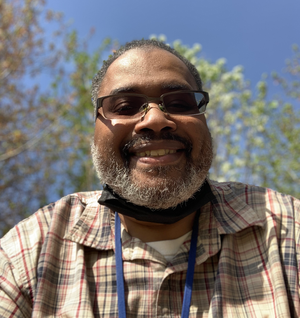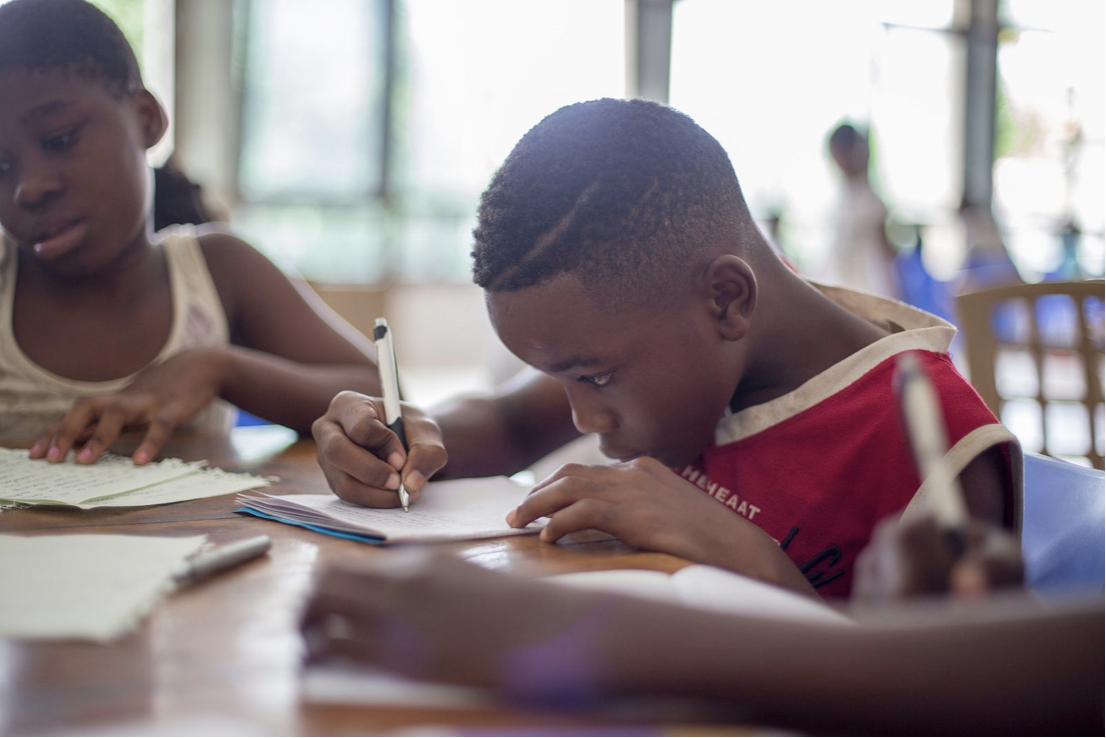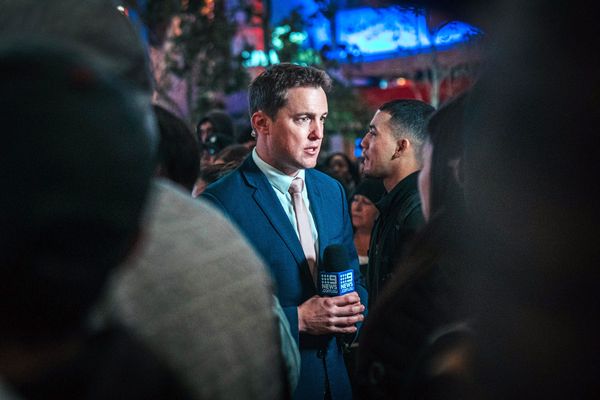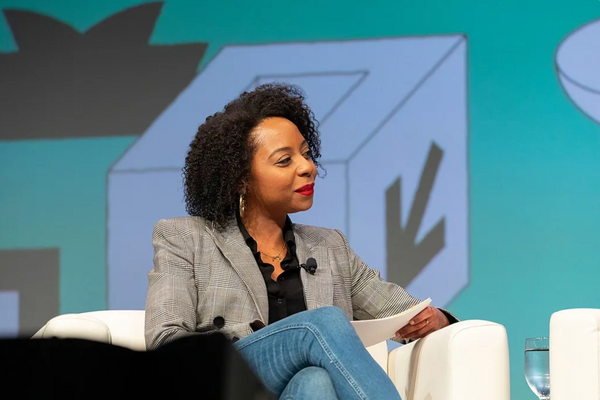It’s not going anywhere because it’s built into the system
I am a reader and watcher of the news. Before cell phones gave us instant access to the world’s news, I was an ’80s kid watching Tom Brokaw on the evening news. He did that job from when I was eleven in 1982 until I was thirty-three in 2004. Today, the news is relayed instantly to my smartphone.
Usually, as part of my morning routine, I check my morning summary for the day’s early headlines or exciting news tidbits. One particular story caught my attention because it was about racism in a public school, and it occurred practically in my backyard—three hours from home in Illinois.
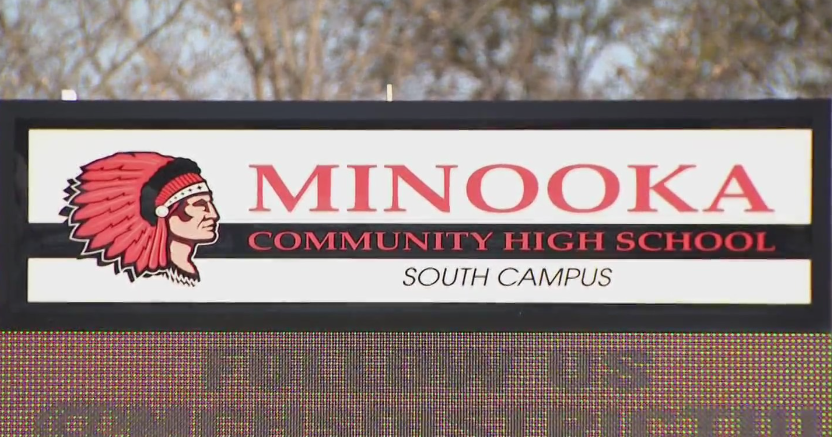
I was stunned by what I listened to in the video, but I was not surprised. A white student in a local Minooka, Illinois, high school used an app to make whipping noises toward two Black students. There was an image of a bullwhip on the phone. The teens said it made them feel uncomfortable and that the white student was yelling horrible words at them and calling them monkeys. The mother of the second student filed a lawsuit in 2019 because her son was threatened with lynching by a white student. The court matter was settled, but the district’s policies against hate and racism have not improved. The parents weren’t informed when the issue occurred.
The leadership hasn’t done enough to curb racism in their school. Furthermore, the same mom who sued and won is having racist attacks lobbied against another one of her children. How is this even possible?

The bullwhip cut the blood from the backs of many slaves. Fredrick Douglass recounted how his master beat him unmercifully. It was used to remove names and dehumanize black people. Families were destroyed at the crack of the whip. The white student in Minooka went for maximum trauma by employing that sound to taunt her victims.
In Toni Morrison’s Pulitzer Prize-winning book Beloved, the story’s main character Sethe has a massive scar from the whippings she endured from the overseer named School Teacher. She calls it her tree because it looks like a beautiful tree. However, Litcharts.com analysis below summarizes the irony of the tree’s beauty perfectly.
Sethe’s scar on her back is an emblem and reminder of the physical cruelty of slavery. But the scar eerily resembles a beautiful tree. This can be seen as symbolizing the deceitfully pleasant and beautiful appearances of picturesque plantations like Sweet Home, which were rooted in ugly violence.
The irony of a name like Sweet Home is that it exemplifies both the beauty and pain in Morrison’s writing. Nothing is sweet about a place that breaks Black bodies like sugar cane stalks with the whip. The tree on Sethe’s back is an ugly reminder of the pain she endured, but ironically it is encased in the beauty of the tree.
Our schools are supposed to be safe places for our children to attend without fear of racism, homophobia, antisemitism, Islamophobia, or any of the other -isms that tear our country apart. However, like Sweet Home, the idea of a safe place to learn does not apply to our nation’s schools. It’s simply an ironic misnomer, just like the name of Sethe’s plantation.
According to the Government Accountability Office (GAO), in the school year 2018–19, one in four students experienced bullying related to their race, national origin, religion, disability, gender, or sexual orientation. Furthermore, about one in four students aged twelve to eighteen saw hateful symbols in their schools. Some of these images made references to lynching.

Children don’t want to attend school if they are being bullied or threatened with violence. It can lead to lower grades in school and destroy a child's self-esteem. The idea that the white student thought it was okay to threaten two Black students with a bullwhip is appalling.
We don’t do a good job teaching African American history or about Black chattel enslavement. Some of our national schools are trying to prevent teachers from discussing our nation’s bloody history with race relations. Some state legislators believe it makes white kids feel guilty. Laws against the teaching of critical race theory are on the books across America, despite the fact critical race theory is a lofty academic concept taught in law schools, not public schools.
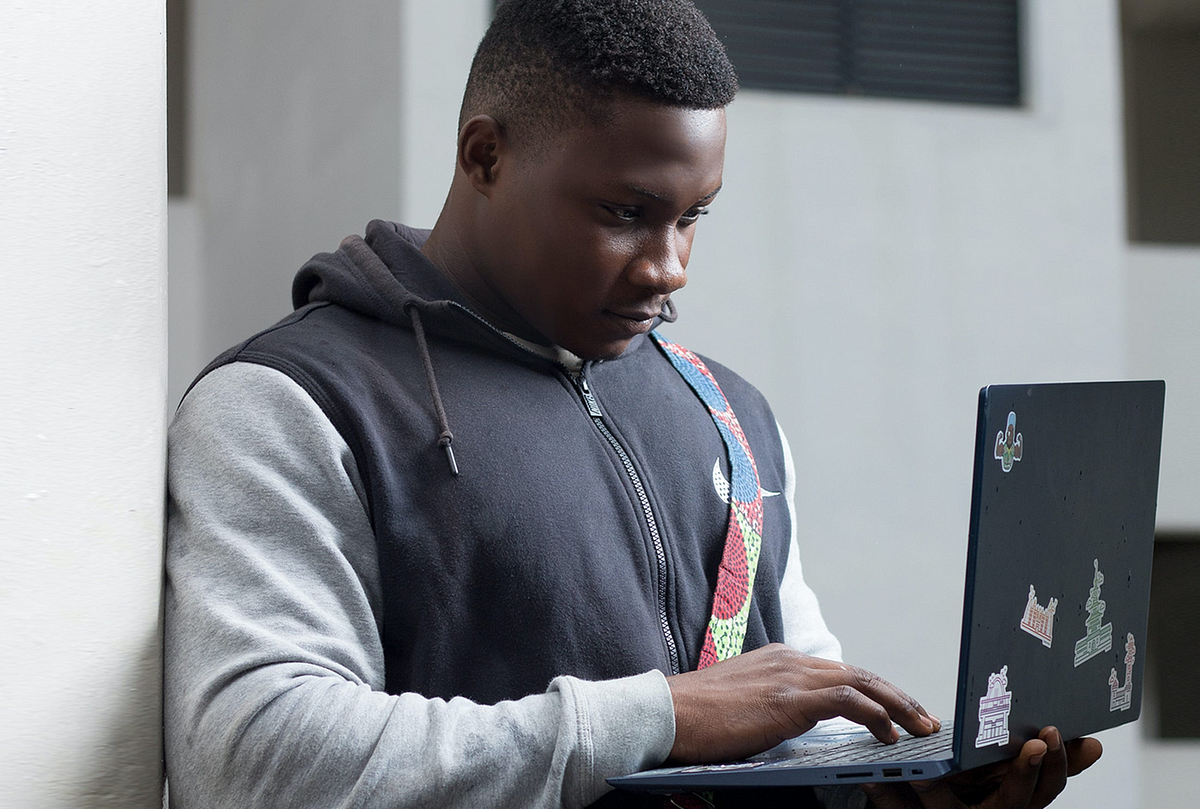
America wants to run from its history. We don’t like to acknowledge that we have problems in our schools regarding race. This aversion isn’t limited to issues of blatant racism like what happened in Minooka, but also includes the reality that our Black children are always behind in test scores and academic ability in reading and math. If we didn’t gloss over enslavement or Jim Crow, maybe white students wouldn’t feel so comfortable committing racist taunts. Furthermore, if the school had improved its policy, the student might have thought it over before committing that horrible act.

We must do better in our schools. Black parents pay property taxes to fund schools just like every other parent in America who sends a child to a public school. Our children, who are our nation’s children, deserve to be in schools that are safe and without racial intimidation from any student.
America’s schools need to be better to its Black students than Sweet Home was to Sethe. America’s schools need to be a real place of comfort and love, and not a racist institution like a southern plantation.
As always, peace and thanks for reading.

